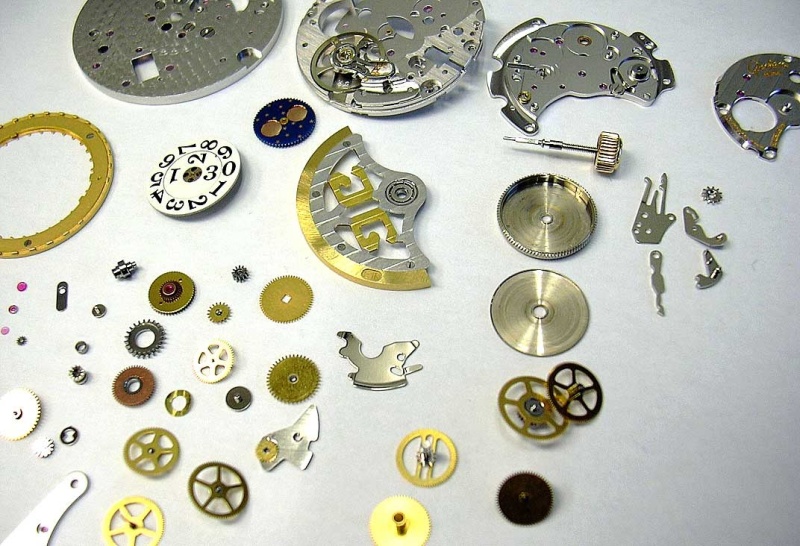Today (April 10th 2013) Antiquorum auctioned off two Patek Philippe perpetual calendar chronographs of the same reference: 1518. I had written about Patek's long line of perpetual calendar chronographs here. It's interesting to note that in the past 3 years Antiquorum has auctioned off at least four Patek Philippe ref. 1518 out of a total 281 ever made (4 of which were in stainless steel).
According to antiquorum the 1518 were produced in four series as such:
- First series: with applied gold Arabic numerals from 1941 to 1954.
- Second series: presented at the Basel Fair in 1942 with enameled hour indexes, the 12 in applied gold Arabic numerals.
- Third series: with applied gold indexes, the 12 in applied gold Arabic numerals.
- Fourth series: with applied gold baton indexes.
On June 10th 2010, a yellow gold example was sold for 282,000 USD
http://catalog.antiquorum.com/catalog.html?action=load&lotid=362&auctionid=236
On May 16th 2011, Christies offered a pink gold example with a rare pink dial, which sold for 1,143,000 CHF (1,285,180 USD at the time)
http://www.christies.com/lotfinder/watches/patek-philippe-an-exceptional-18k-pink-gold-5431034-details.aspx
On November 13th 2011, Sotheby's offered a unique yellow gold Clarin Mustad 1518, with a pink dial and an original 18k brick bracelet, which sold for unknown final value (estimate 890,000-1,330,000 USD)
http://www.sothebys.com/en/catalogues/ecatalogue.html/2011/important-watches#/r=/en/ecat.fhtml.GE1104.html+r.m=/en/ecat.lot.GE1104.html/260+r.o=/en/ecat.notes.GE1104.html/260/
On November 11th 2012, another yellow gold example was sold for 266,500 CHF (~286,500 USD)
http://catalog.antiquorum.com/catalog.html?action=load&lotid=612&auctionid=267
Today (April 10th 2013, antiquorum offered two examples. The first in yellow gold with its original 18k yellow gold bracelet, which sold for 197,500 USD (substantially lower than one would expect).
http://mycatalog.antiquorum.com/catalog.html?action=load&lotid=98&auctionid=271
At the same auction, a rose 1518 with its bracelet was sold for substantially more at 794,500 USD
http://mycatalog.antiquorum.com/catalog.html?action=load&lotid=99&auctionid=271
So why the variation in price?
It seems to be just the whim of the market, and if a similarly rare or unique piece is considered valuable. One can draw a parallel with art, where no real benchmark is set and the price can be as wildly high or mildly low as demand wills it.


.jpg)





































